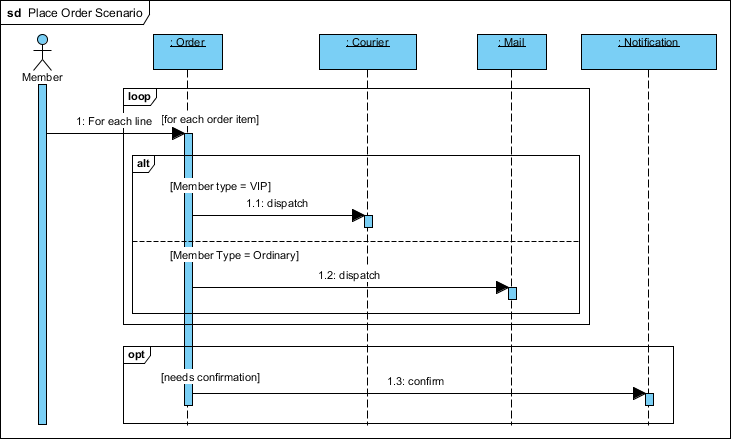

Sequence diagrams can also be created by stakeholders to communicate requirements to developers.Ĭheck out the best sequence diagram tools list. This can help identify bottlenecks and streamline processes. Business analysts can use them to model how a business currently works – by mapping out the interactions between personnel completing a task – to understand how orders are processed, or to clarify the steps involved in creating a product. Sequence diagrams have traditionally been used to model interactions between computer systems, but they are increasingly used to document interactions between business objects. Make your own UML sequence diagram with Gleek. Messages can go back and forth from left and right, with the sequence moving from top to bottom as the time period progresses. During this period it is said to have focus of control. An activation bar is a thin rectangular box that is shown on an object’s lifeline when it is active and processing a task. Horizontal arrows show the messages exchanged between the objects. This lifeline represents the object’s existence in the time period being captured. The diagram shows how objects in the system exchange messages and which objects are active at any particular time.Įach object is shown at the top of the diagram and each has a lifeline that descends vertically from its center. Sequence diagrams can also be called event diagrams or event scenarios.

#Sequence diagram conditional software#
UML diagrams are generally used when designing software and databases to make sure that the system will work as required and to reveal potential problems before building the final product.Ī sequence diagram models the interactions between objects in a system in sequential order over time. Sequence diagrams are one of the 14 diagram types that can be created using the Unified Modeling Language (UML). What are sequence diagrams and what are they used for?


 0 kommentar(er)
0 kommentar(er)
